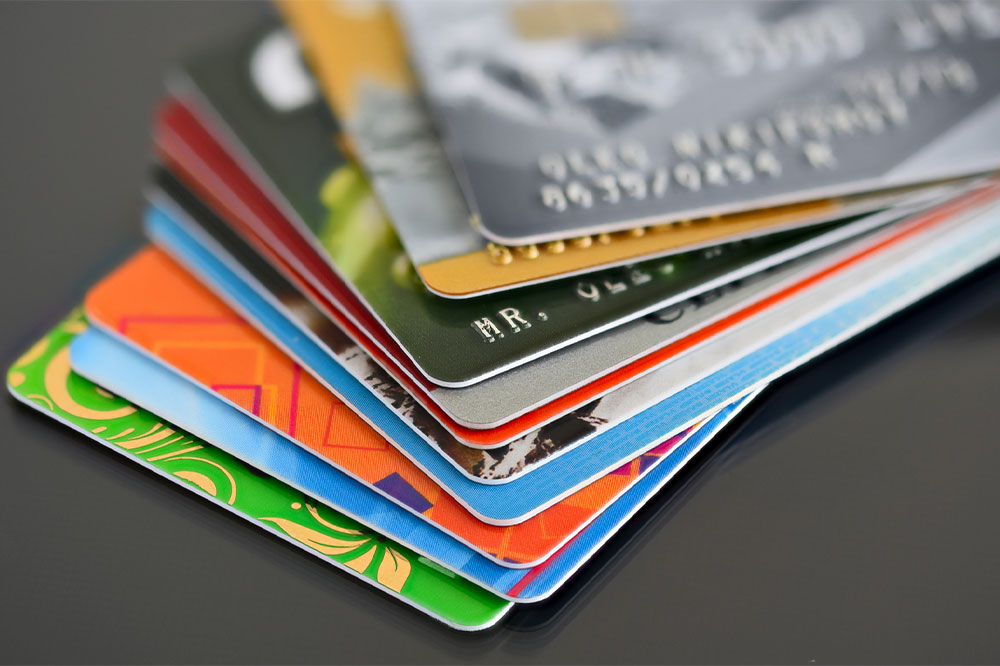A Comprehensive Guide to the Critical Stages of Online Payment Transactions
This in-depth guide explores each critical stage of online payment transactions, from customer initiation to payment confirmation. Understanding this process helps merchants optimize payment workflows, enhance security, and improve customer trust, essential for successful digital commerce operations. The article covers the role of merchant accounts, payment gateways, and bank interactions, providing a clear picture of how seamless online payments are processed in seconds.

The Essential Stages of Online Payment Transactions
Understanding the operational mechanics of online payment systems is vital for e-commerce success. At first glance, the process may seem intricate, but breaking it down into sequential steps clarifies how transactions are securely and efficiently completed. This detailed overview aims to illuminate how your website interacts with customers and payment service providers to facilitate seamless online purchasing experiences. To start accepting online payments, you need a merchant account, an established relationship with a reputable payment gateway, and a well-designed webpage capable of initiating and processing transactions.
The online payment process kicks off the moment a customer clicks the 'Pay' button on your e-commerce platform, signaling their intent to purchase.
The customer is prompted to enter their credit or debit card details into a secure payment form, which can either be embedded directly within your website or redirect to the payment provider's secure web page. Once the information is entered, the customer submits the data for processing.
The payment gateway receives this data and encrypts it to shield sensitive personal and financial information from potential breaches during transmission.
Once the data is securely transmitted, your chosen payment gateway interacts with the customer's bank or card issuer to authenticate and authorize the transaction.
During this step, the payment provider verifies the card details' validity and checks the availability of sufficient funds or credit in the customer's account.
If the verification confirms sufficient funds, the payment provider proceeds to transfer the payment amount from the customer's bank account to your merchant account.
This money transfer involves several backend communications between banks and payment networks to ensure security and accuracy.
As soon as the transfer is successfully completed, your website receives a confirmation of the successful transaction, enabling you to fulfill the customer's order promptly. If the verification reveals insufficient funds or other issues, the transaction is declined, and an appropriate message is relayed back to your website, informing the customer of the failure.
This entire process, from initiation to completion, typically occurs within seconds, providing a near-instantaneous experience for customers.
Understanding these core phases not only helps you optimize your payment processes but also enhances customer trust and satisfaction by ensuring secure and reliable transactions. Incorporating robust cybersecurity measures, choosing reliable payment gateways, and maintaining clear communication with your customers are key factors towards successful e-commerce operations.





